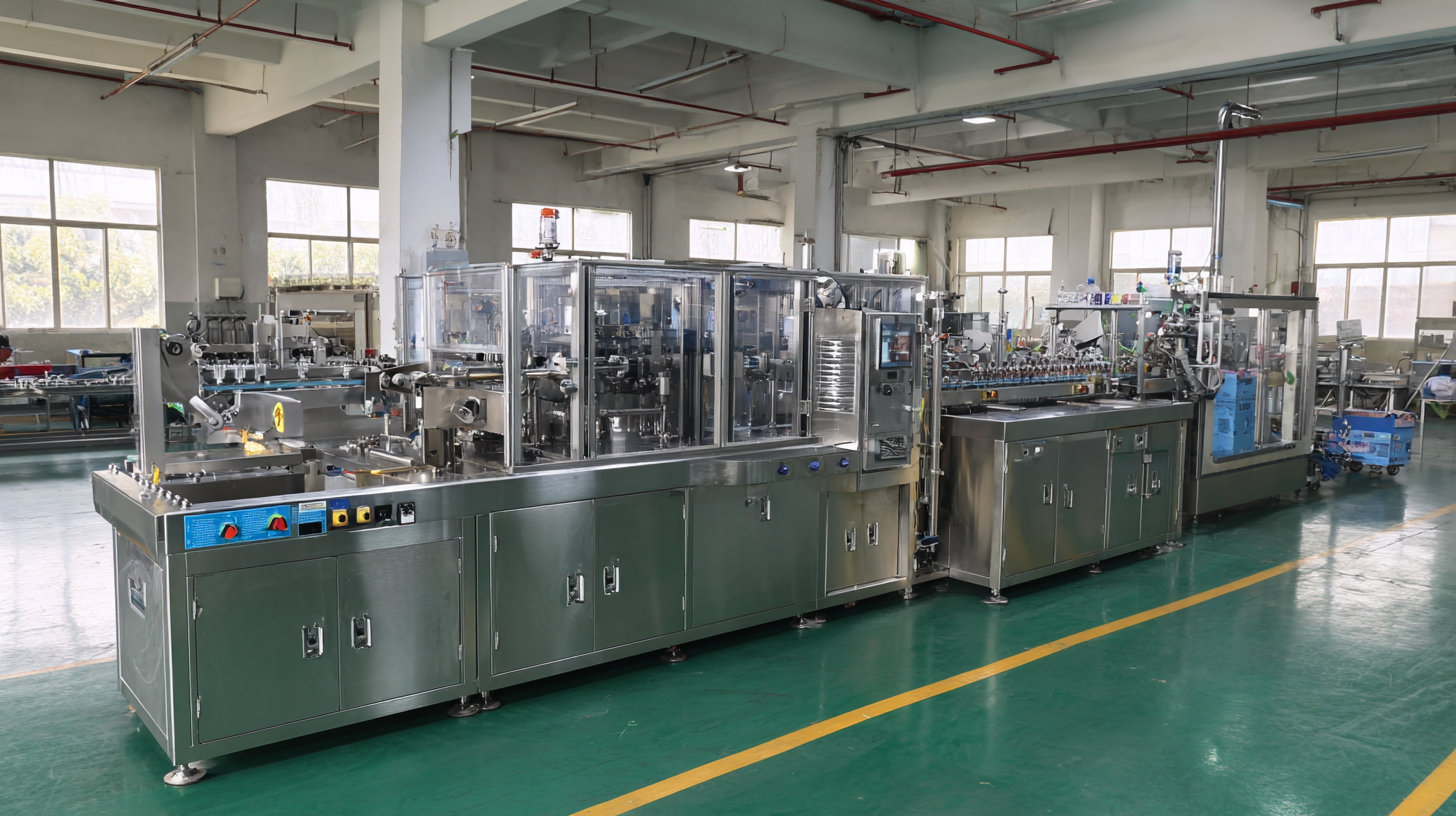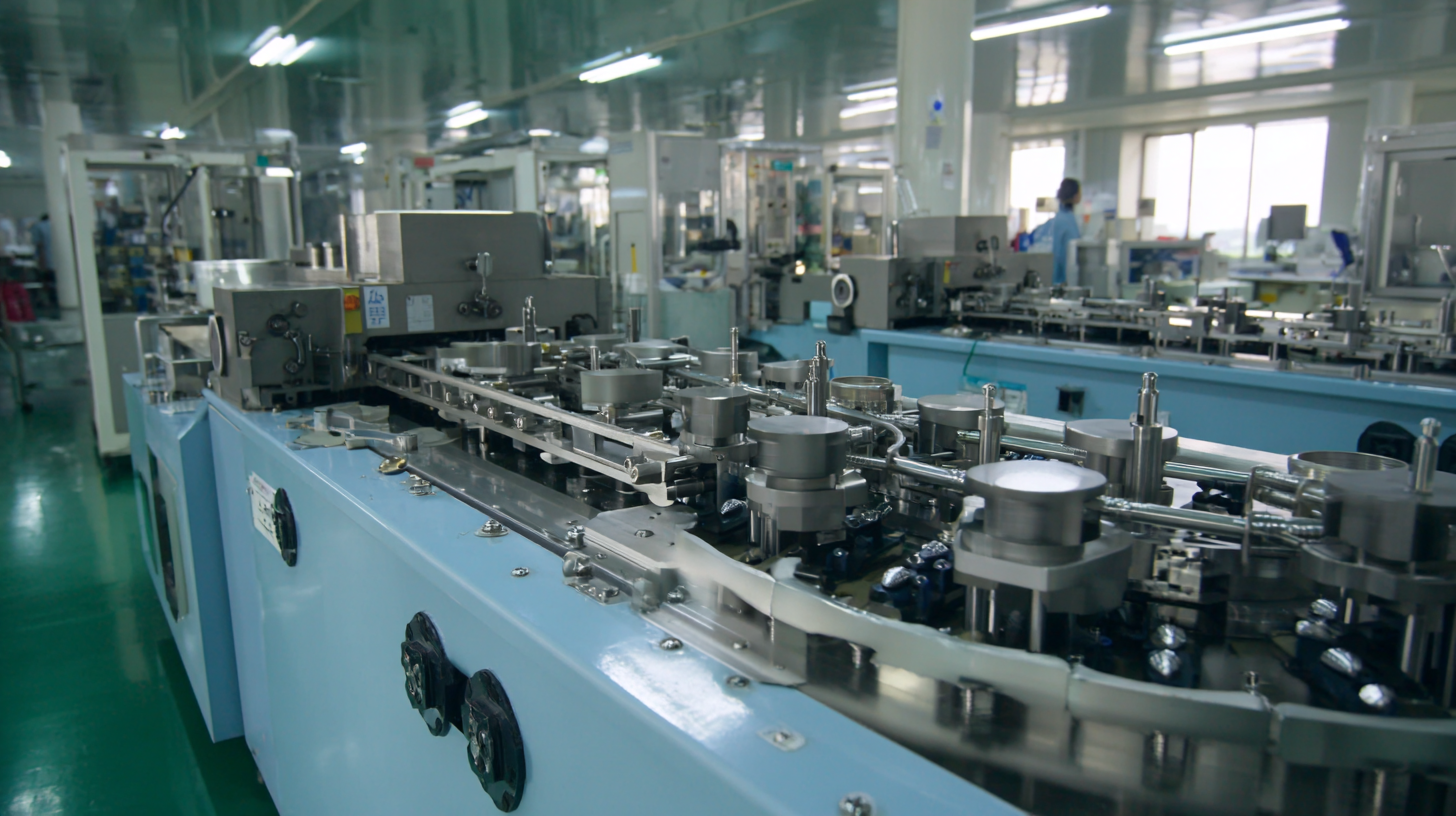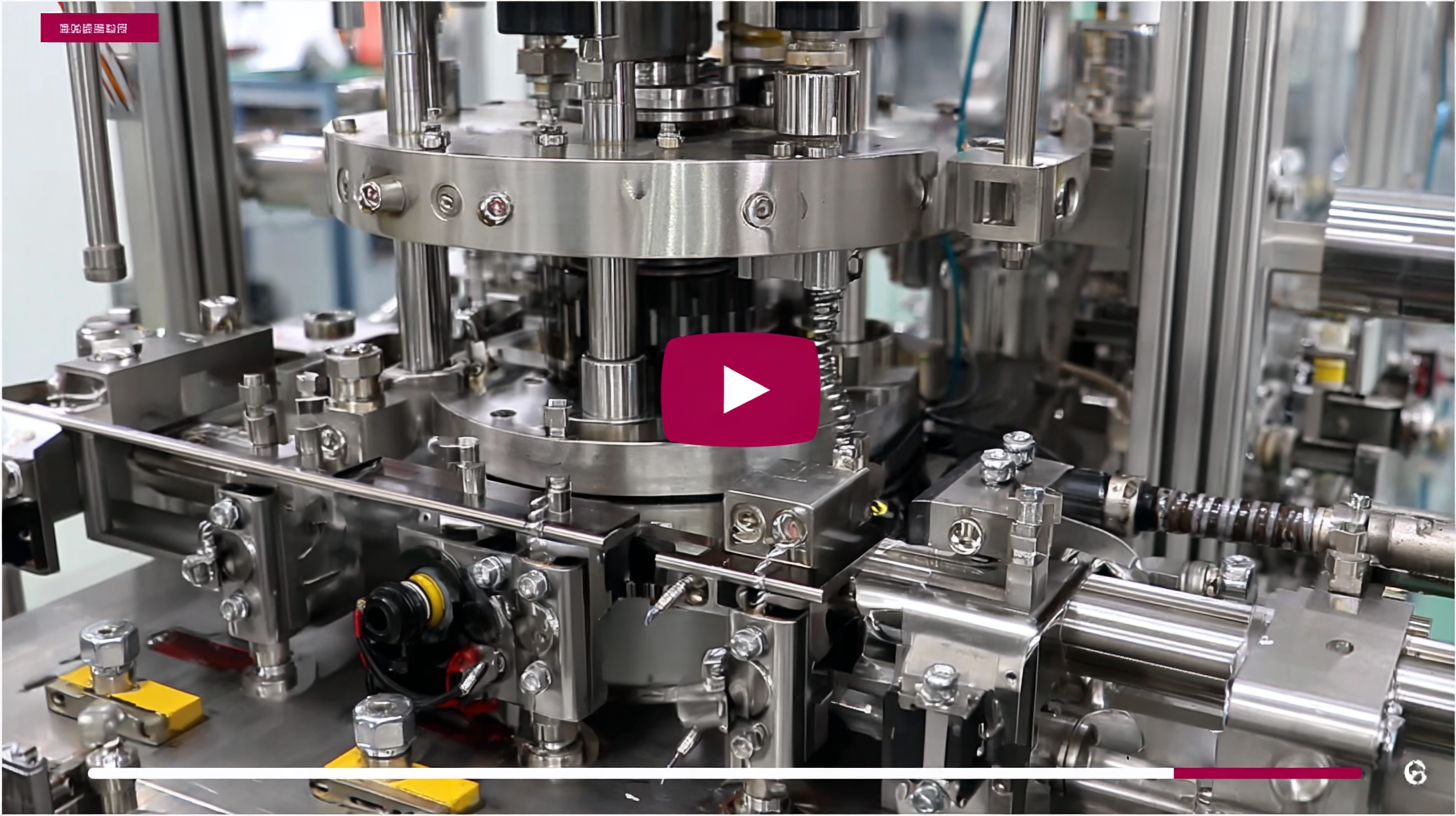How to Choose the Best Screw Packing Machine for Your Business Needs
Choosing the right screw packing machine is critical for businesses looking to optimize their packaging processes, particularly in industries like pharmaceuticals, food and beverage, and cosmetics. According to a report by Grand View Research, the global packaging machinery market is expected to reach USD 45.6 billion by 2025, indicating a growing demand for efficient, reliable, and innovative packing solutions. Specifically, screw packing machines have gained significant traction due to their ability to handle a variety of products with precision and speed. The growing emphasis on automation and efficiency further drives the need for advanced screw packing machines. Understanding industry production standards, such as those established by the International Organization for Standardization (ISO), can help businesses select a machine that not only meets their operational needs but also adheres to quality and safety protocols. In this blog, we will explore key factors to consider when choosing the best screw packing machine tailored for your business needs.

Understanding Different Types of Screw Packing Machines and Their Applications
When selecting a screw packing machine for your business, it’s crucial to understand the various types available and their specific applications. There are generally three main categories of screw packing machines: manual, semi-automatic, and fully automatic. Manual machines are ideal for small-scale operations where production volume is low. They offer flexibility and lower costs for businesses just starting or with limited packaging needs. However, they require significant labor and may result in inconsistencies if not operated carefully.
Semi-automatic screw packing machines strike a balance between efficiency and cost-effectiveness, allowing for higher output while still requiring some human involvement. These machines are suitable for medium-sized enterprises that seek to boost their packaging speed without investing in a fully automated system. On the other hand, fully automatic screw packing machines offer the highest level of efficiency and productivity, making them perfect for large-scale operations with high demand. They minimize human intervention, thereby reducing labor costs and potential errors, ensuring a consistent and reliable packaging process. Understanding these distinctions will enable businesses to make informed decisions tailored to their operational needs.

Key Features to Consider When Selecting a Screw Packing Machine
When selecting a screw packing machine for your business, there are several key features to consider that will ensure you make the right choice. First, assess the machine's capacity and speed. Depending on your production volume, you will need a machine that can handle your specific requirements without compromising on quality. A high-capacity machine can significantly improve your efficiency and help meet deadlines with ease.
Another essential feature is the machine's versatility. A good screw packing machine should accommodate various screw sizes and types. This adaptability allows your business to diversify its offerings and respond quickly to market changes. Look for machines with adjustable settings that enable easy transitions between different screw types, ultimately saving time and increasing productivity.
Additionally, keep ease of maintenance and operation in mind. A user-friendly machine can reduce training time and minimize operational errors. Check for features such as automated functions, easy-access parts for servicing, and comprehensive user manuals. Investing in a machine that is easy to maintain will not only lower operational costs but also extend the life of your equipment.

Assessing Production Capacity: How Output Affects Business Efficiency
In selecting the best screw packing machine for your business, it is crucial to assess the production capacity, as it directly influences business efficiency. The capacity utilization rate, which measures the percentage of potential output levels being achieved, can reveal critical insights about production slack. A recent analysis underscores that effective capacity utilization can lead to increased output without the necessity for substantial capital expenditure. For instance, industries that adhere to an optimal capacity utilization rate often realize up to a 30% increase in efficiency, demonstrating the tangible benefits of aligning production capabilities with business needs.
Moreover, as businesses integrate advanced technologies such as AI, the relationship between production output and operational efficiency becomes even more pronounced. Studies indicate that companies leveraging industrial intelligence can enhance their capacity utilization rates significantly. For example, businesses that adopt AI-driven insights have reported improvements in production efficiency by nearly 20%, underscoring how technology can optimize operational processes. Thus, when considering a screw packing machine, it is essential to evaluate not only its output capabilities but also how well it integrates into your overall production strategy to maximize efficiency and drive growth.
How to Choose the Best Screw Packing Machine for Your Business Needs - Assessing Production Capacity: How Output Affects Business Efficiency
| Machine Model | Production Capacity (units/hour) | Power Consumption (kW) | Dimensions (LxWxH, mm) | Weight (kg) | Price (USD) |
|---|---|---|---|---|---|
| Model A | 500 | 1.5 | 1200 x 800 x 1500 | 300 | 5000 |
| Model B | 800 | 2.0 | 1300 x 850 x 1600 | 400 | 7000 |
| Model C | 1000 | 2.5 | 1400 x 900 x 1700 | 500 | 9000 |
| Model D | 1200 | 3.0 | 1500 x 950 x 1800 | 600 | 11000 |
Cost Analysis: Initial Investment vs. Long-Term Benefits of Packing Machines
When selecting a screw packing machine, understanding the cost analysis is crucial for making an informed decision. Initially, the investment in a high-quality machine may seem substantial, with average prices ranging from $10,000 to $100,000 depending on the complexity and speed of the equipment. However, reports from industry leaders like Smithers Pira indicate that automation in packaging can lead to a 30% reduction in labor costs. This means that while the upfront cost is significant, the long-term savings on labor and increased operational efficiency can yield a return on investment within two to three years.
Moreover, the long-term benefits of investing in an advanced packing machine include enhanced production speed and accuracy, which can drastically impact your bottom line. Data from PMMI shows that companies that upgraded their packing systems reported a 25% increase in production output and a 40% decrease in packaging waste. Such improvements not only contribute to profitability but also enhance sustainability efforts, aligning with the growing demand for eco-friendly practices in packaging. Thus, weighing the initial investment against the potential for long-lasting savings and efficiency is vital for any business looking to optimize its operations.
Cost Analysis of Screw Packing Machines
Industry Trends: Automation and Its Impact on Screw Packing Efficiency
In today's fast-paced manufacturing landscape, automation has emerged as a critical factor in enhancing screw packing efficiency. According to a report by IndustryWeek, automated packing solutions can increase production rates by up to 50% while reducing labor costs significantly. With businesses striving to streamline operations, investing in advanced screw packing machines has become essential. The integration of robotics and AI technologies allows for quicker adjustments and precise packing, tackling the ever-growing demand for speed and consistency in packaging processes.
When selecting a screw packing machine, consider the level of automation that best fits your operational needs. A semi-automated machine might suffice for smaller batches, while fully automated systems are ideal for large-scale production, as noted by Packaging World. Furthermore, keep an eye on features such as user-friendly interfaces and real-time monitoring.
**Tip**: Evaluate your current packing process to identify inefficiencies. This can guide you to the appropriate automation level.
Additionally, don’t overlook the importance of machine compatibility with various screw sizes and materials. Customizable machines can adapt to evolving product lines, ensuring longevity in your investment.
**Tip**: Research and choose machines with scalable features to accommodate future growth in product variety.

